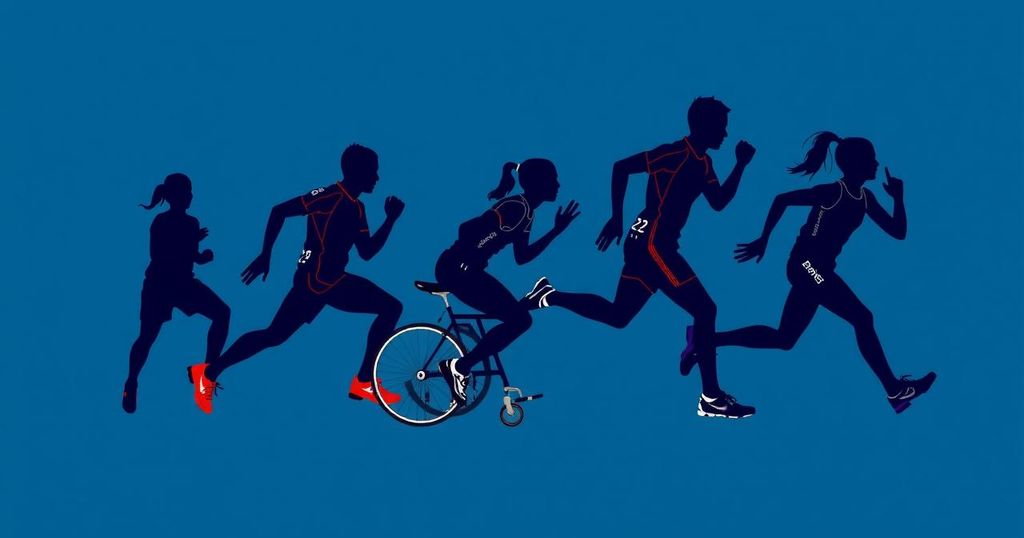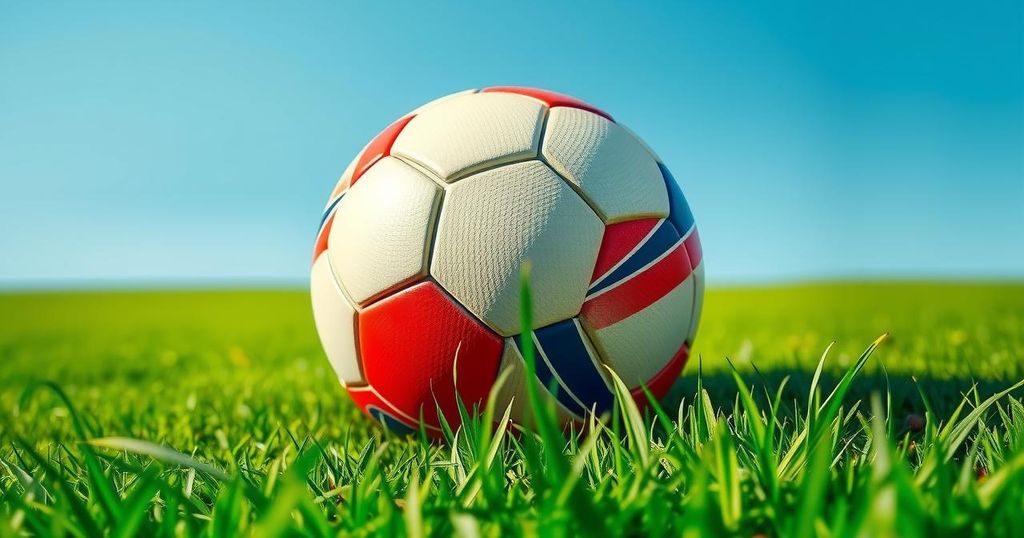The Exclusion of Athletes with Down’s Syndrome from the 2024 Paris Paralympics: An Overview
The absence of athletes with Down’s syndrome at the 2024 Paris Paralympics raises crucial questions regarding inclusivity in competitive sports. Despite the achievements of athletes such as Marie Graftiaux, a French swimmer who has excelled in adapted para-swimming events, she will only participate in the upcoming Paralympics as a torchbearer and volunteer. Athletes with Down’s syndrome face significant barriers to qualification due to performance levels that are, on average, lower than those of their peers with intellectual disabilities. This discrepancy has been attributed to the combination of additional physical challenges associated with Down’s syndrome, as articulated by the International Federation of Adapted Physical Activity.
There exists a growing frustration among athletes with Down’s syndrome and their families regarding their exclusion from competition. They advocate for the establishment of a dedicated Paralympic category tailored to their unique needs, akin to the classification system utilized in the Virtus Global Games, which distinguishes competitors into three groups based on their disabilities: II1 (intellectual developmental disorder), II2 (intellectual developmental disorder with a physical or sensory impairment), and II3 (autism spectrum disorders).
The current classification in the Paralympic Games permits entry for athletes with an intellectual disability only under a singular category defined by an IQ threshold of 70-75. This uniform classification system is notable, especially given the diverse criteria established by the International Paralympic Committee for athletes with physical and visual disabilities.
Moreover, athletes with intellectual developmental disorders are limited to competing in three specific sports: athletics, swimming, and table tennis. In light of the upcoming Paralympics in Paris, only six athletes from France will participate across these disciplines, and the total number of competitors from all nations with intellectual disabilities is expected to be around 150—a stark contrast to the nearly 4,400 participants overall.
The historical context of adapted parasports at the Paralympics also plays a role in this situation. The controversy surrounding the Spanish basketball team’s use of non-existent athletes at the 2000 Sydney Games cast a shadow on the classification system and led to a re-evaluation of athlete participation. Although adapted athletes were readmitted to the Paralympics in 2012, their presence remains minimal.
Medical professionals, including Professor Damien Sanlaville of the Lyon University Hospital, underscore that the performance limitations associated with Down’s syndrome warrant the development of a distinct category. While certain health issues related to Down’s syndrome, such as heart conditions and cervical instability, are not universally applicable, they nonetheless impact competitive capabilities and present justification for such measures.
In conclusion, the lack of representation for athletes with Down’s syndrome in the 2024 Paralympics highlights a critical gap in sports equity and necessitates a re-examination of classification systems and competitive opportunities to foster inclusiveness within the Paralympic movement. As the dialogue evolves, it is imperative that the voices of these athletes and their advocates are amplified to champion the cause for a more equitable sporting environment.








Post Comment